Categories > Guides and Tips

11 Best Historical Sites to Visit in Thailand
Embarking on a journey through the captivating Thailand is like turning the pages of a rich and colourful history book.
With a treasure trove of historical sites scattered across its diverse landscape, Thailand offers a unique opportunity to step back in time and immerse yourself in the tales of old.
So, put on your explorer’s hat and get ready to discover some of the most remarkable historical wonders this vibrant country has to offer. Let’s delve into the mysteries of Thailand’s past and unlock the hidden gems of its history together!
Ancient Siam
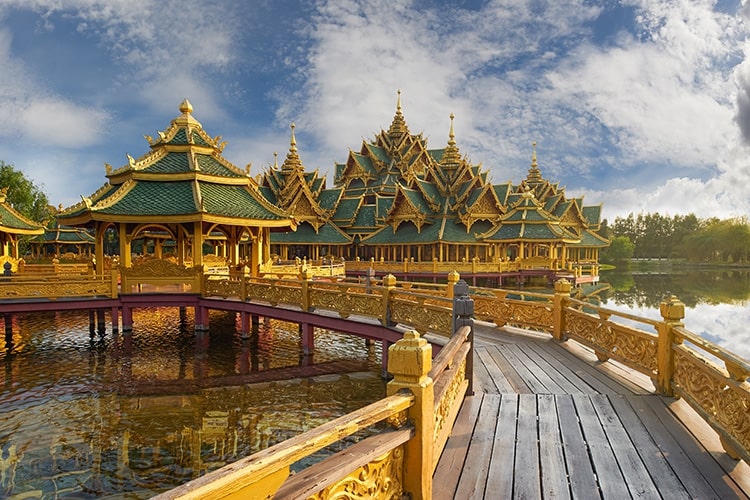
Ancient Siam is an open-air museum that transports you through Thailand’s rich past.
Located just outside of Bangkok, this sprawling historical park showcases an impressive collection of meticulously reconstructed ancient Thai architecture and landmarks.
As you wander through the vast grounds, you’ll encounter replicas of palaces, temples, and traditional villages that span different periods in Thailand’s history.
Each meticulously crafted structure offers a glimpse into the fascinating cultures and architectural styles that have shaped the country over centuries.
Local tip: Ancient Siam is vast, and you’ll be doing a lot of walking to explore the various historical replicas. Be sure to wear comfortable shoes to fully enjoy your visit without any discomfort.
The Capital of the Ayutthaya Kingdom
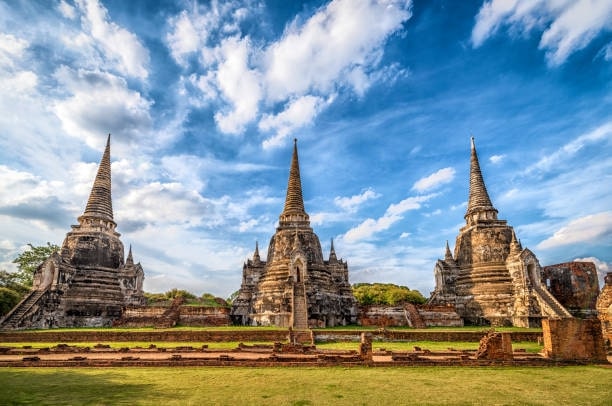
Once a thriving metropolis and a beacon of power and prosperity, the ancient city of Ayutthaya stands as a testament to Thailand’s glorious past.
Located just a short drive from Bangkok, this UNESCO World Heritage site beckons history enthusiasts with its impressive ruins and majestic temples.
Founded in the 13th century, Ayutthaya served as the capital of the Ayutthaya Kingdom until its fall in the 17th century.
As you explore the archaeological wonders, you’ll be transported back in time, walking among the remnants of ancient temples and grand palaces that were once adorned with gold and precious gems.
The crumbling structures now tell tales of conquests, opulence, and the city’s eventual downfall, leaving visitors with a sense of awe and respect for this once-mighty kingdom.
Local tip: To explore the historical sites conveniently and at your own pace, rent a bicycle from local vendors. It’s an eco-friendly and enjoyable way to get around the city.
Temple of the Reclining Buddha
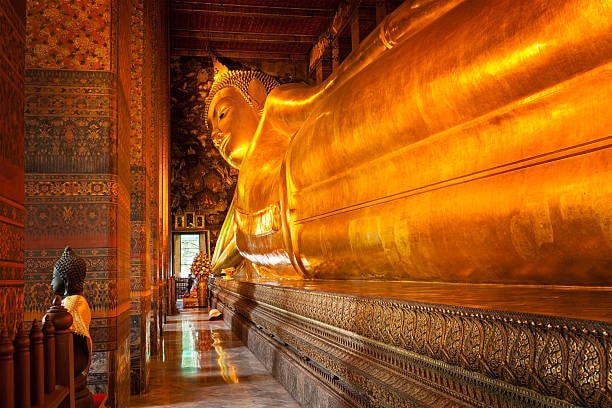
Located in the heart of Bangkok, Wat Pho, also known as the Temple of the Reclining Buddha, houses one of the largest and most impressive Buddha statues in Thailand.
The Reclining Buddha, measuring a staggering 46 metres in length, lies peacefully within the temple’s walls, adorned with exquisite mother-of-pearl inlays on its feet, depicting various auspicious symbols.
Besides the grand statue, Wat Pho is a sanctuary of tranquillity and learning, renowned for its traditional Thai massage school, which has been passed down through generations.
A visit to this revered temple offers not only a glimpse into Thailand’s religious heritage but also an opportunity to find serenity amid the bustling city.
Local tip: Like many Thai temples, it’s customary to remove your shoes before entering Wat Pho. Don’t worry about leaving them outside; there are usually shoe storage areas available for visitors.
Phra Pathom Chedi
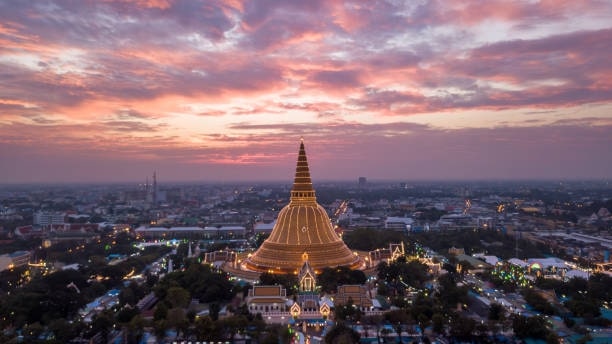
In the historic city of Nakhon Pathom, a marvel of spiritual significance awaits – Phra Pathom Chedi, the largest stupa in Thailand.
This soaring monument dates back over two millennia and serves as a symbol of Buddhism’s enduring presence in the region.
Legend has it that the stupa enshrines a bone relic of Lord Buddha himself, making it a revered pilgrimage site for Buddhists from around the world.
As you approach this majestic structure, its sheer size and intricate architectural details will leave you in awe.
Surrounding the stupa, you’ll find a serene temple complex where monks chant their prayers, adding to the sense of spiritual tranquility that permeates the area.
Local tips: For a peaceful and less crowded experience, consider visiting Phra Pathom Chedi in the early morning. You’ll get to witness the serene atmosphere and engage in contemplation without the tourist rush.
As a Buddhist temple, Phra Pathom Chedi relies on donations for its maintenance. If you wish to support the temple’s upkeep, you can make a small donation at the designated donation boxes.
Temple of the Emerald Buddha
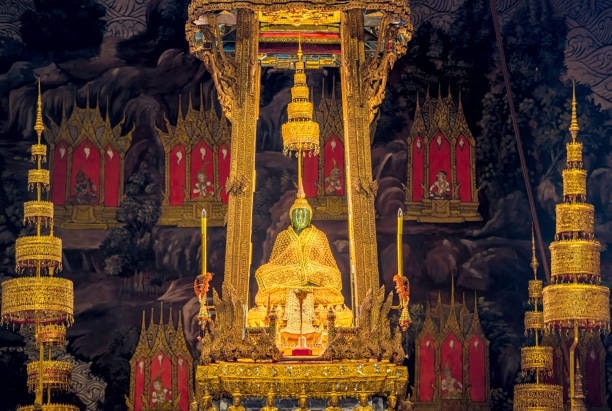
Nestled within the grounds of the Grand Palace in Bangkok lies Wat Phra Kaew, the Temple of the Emerald Buddha, one of Thailand’s most sacred and revered sites.
This breathtaking temple houses the Emerald Buddha, a small but revered statue carved from a single block of jade.
With its roots tracing back to the 17th century, this precious icon has played a significant role in Thailand’s history and is considered a symbol of the country’s spiritual and political heritage.
As you step into the temple’s dazzling courtyard, adorned with intricate golden spires and glittering mosaics, you’ll sense the reverence and awe that this spiritual sanctuary inspires.
You’ll gain a profound appreciation for the deep-rooted cultural significance of the Emerald Buddha and its abode by admiring the exquisitely detailed architecture and witnessing the devotion of those who come to pay their respects.
Local tip: While photography is allowed in most parts of the Grand Palace, photography is prohibited inside the Temple of the Emerald Buddha. Be mindful of the signage and rules when visiting this revered site.
The Temple of the Emerald Buddha is a popular tourist attraction, so arriving early in the morning can help you beat the crowds and enjoy a more peaceful visit.
Wat Pratat Doi Suthep
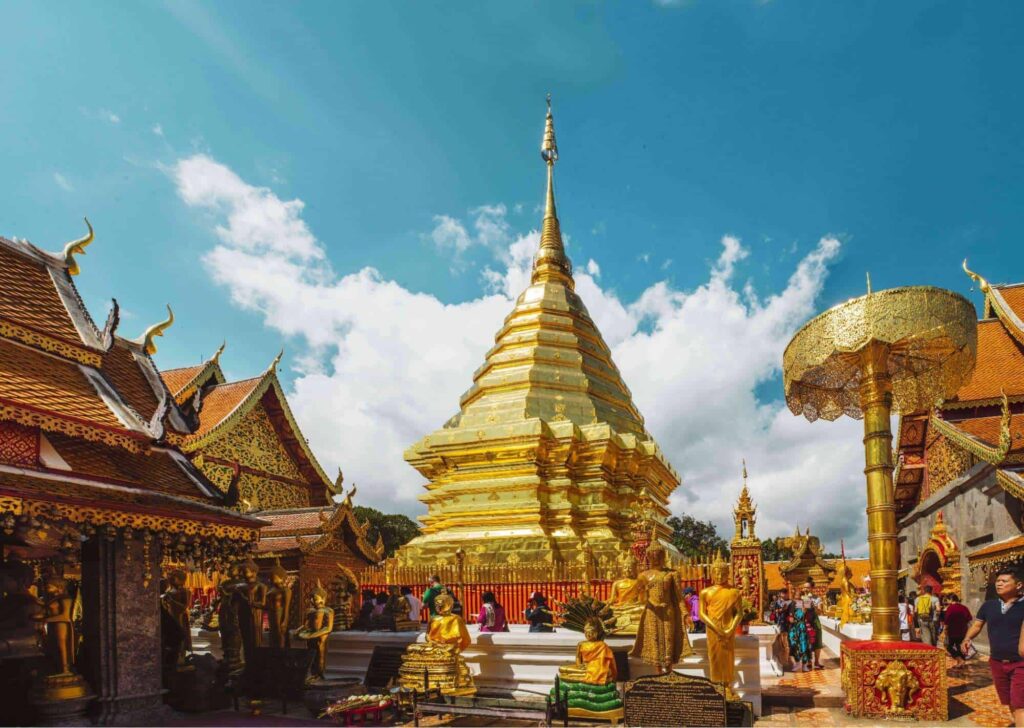
High atop the lush hills surrounding Chiang Mai, the glistening golden spire of Wat Pratat Doi Suthep stands as a beacon of spirituality and architectural brilliance.
This revered Buddhist temple is not only an important religious site but also a symbol of the city’s cultural heritage.
Legend has it that a sacred relic was placed on the back of a sacred white elephant, which then climbed the mountain, trumpeted three times, and eventually laid down to die.
Taking this as a divine sign, the temple was built on the spot where the elephant had stopped.
Today, the temple complex offers a breathtaking panoramic view of Chiang Mai city, making the journey to Wat Pratat Doi Suthep an unforgettable experience, both spiritually and visually.
Local tip: If you’re looking for a unique and meaningful experience, consider participating in the morning alms-giving ritual. Offering food to the monks as they walk by is a traditional practice that allows you to connect with Thai culture on a deeper level.
After your visit to the temple, explore the nearby stalls and taste some local delicacies. From savoury snacks to refreshing drinks, you’ll find an array of flavours to delight your taste buds.
The Bridge on the River Kwai
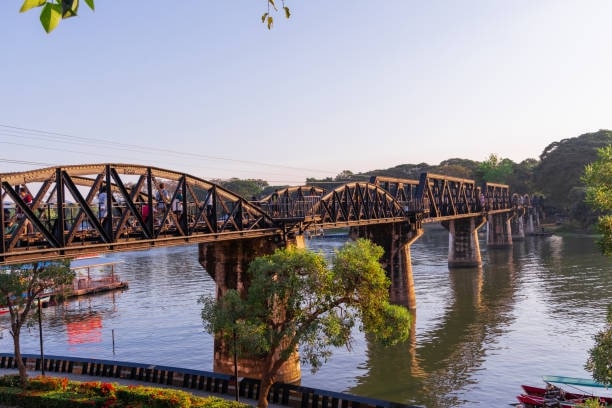
A historical site of profound significance, the Bridge on the River Kwai is a haunting reminder of World War II’s dark chapter. Located in the picturesque town of Kanchanaburi, the bridge holds stories of suffering, sacrifice, and resilience.
Constructed by prisoners of war under Japanese occupation, the bridge was part of the notorious Death Railway, connecting Thailand to Myanmar.
A walk across the bridge is an emotional journey, paying tribute to the thousands who lost their lives during its construction.
Today, it stands as a sombre memorial to honour those who endured immense hardship and serves as a powerful reminder of the importance of peace and reconciliation.
Local tip: Experience the historical significance of the Death Railway firsthand by taking a train ride along the Kwai River. The scenic journey offers a glimpse into the railway’s past and allows you to appreciate the surrounding natural beauty.
Phanom Rung Historical Park
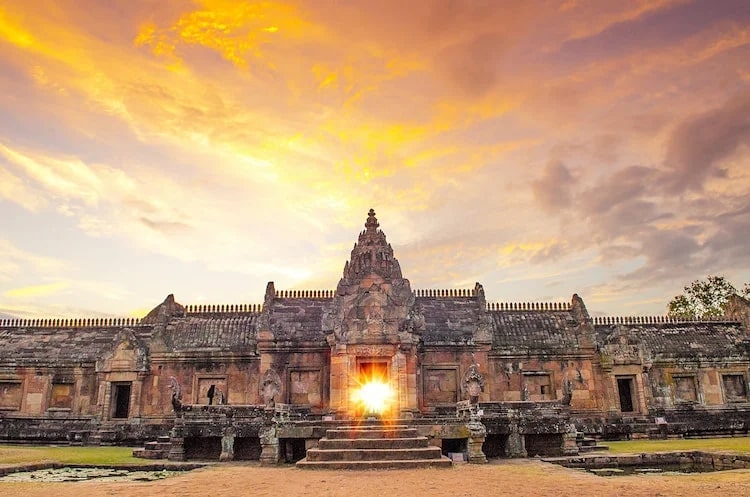
Khmer Empire at Phanom Rung is an awe-inspiring archaeological site in northeastern Thailand. This meticulously restored Hindu temple complex showcases the architectural prowess and cultural influences of the Khmer civilization.
Perched atop an extinct volcano, Phanom Rung’s strategic location adds to its grandeur, as visitors can marvel at the temple’s alignment with the sun during specific equinoxes, creating a stunning visual spectacle.
The intricately carved stone lintels and walls narrate tales from Hindu mythology, while the surrounding scenic landscapes create a serene atmosphere.
Local tips: If possible, plan your visit to coincide with the Phanom Rung Festival, which takes place in April. During this time, the sunrise aligns with the temple’s entrance, creating a mesmerizing spectacle that attracts both locals and tourists alike.
The nearby Muang Tam temple complex is often overlooked but well worth a visit. It features beautiful sandstone buildings and intricate carvings, providing a complementary experience to Phanom Rung.
The Cradle of Thai Civilization: Sukhothai
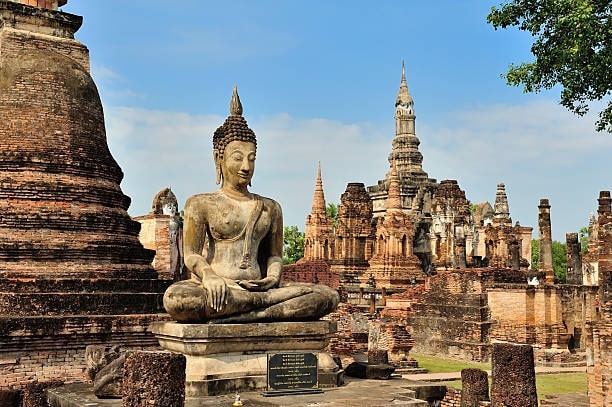
As the first capital of ancient Thailand, Sukhothai holds the key to unlocking the cradle of Thai civilization.
This UNESCO World Heritage Site welcomes visitors with its sprawling historical park, revealing the remains of a once-thriving city dating back to the 13th century.
Amidst the picturesque ponds and lush greenery, you’ll discover the graceful ruins of temples and palaces, adorned with intricate stucco designs and ancient Buddha statues.
Sukhothai’s historical significance is not only in its physical structures but also in its establishment as the birthplace of the Thai alphabet.
You’ll sense the rich heritage and cultural pride that continue to shape Thailand’s identity by walking through the ancient city’s remnants.
Local tips: Visit the park in the evening when it’s beautifully lit up. The serene ambiance and the illuminated ruins create a magical atmosphere perfect for a leisurely stroll or bike ride.
Enhance your visit to Sukhothai by stopping by the nearby Ramkhamhaeng National Museum. It houses a fascinating collection of artefacts and historical exhibits that provide context and enrich your understanding of the ancient kingdom.
The Grand Palace – Bangkok
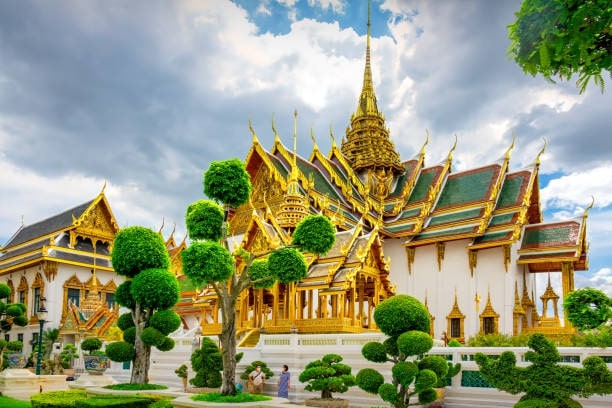
At the heart of Thailand’s bustling capital, Bangkok, lies the resplendent Grand Palace – a majestic complex that once served as the official residence of Thai kings.
With its opulent architecture, stunning mosaics, and intricately designed structures, the Grand Palace is a true marvel of craftsmanship and cultural significance.
The revered Temple of the Emerald Buddha, mentioned earlier, is also nestled within the palace grounds.
Every corner of the palace exudes a sense of regal splendour, reflecting the nation’s reverence for its monarchy and preserving the historical legacy of Thailand’s ruling dynasties.
Local tip: The Grand Palace complex is vast, and exploring it fully can take several hours. Plan your visit accordingly, so you have enough time to explore the main highlights without feeling rushed.
Kanchanaburi War Cemetery
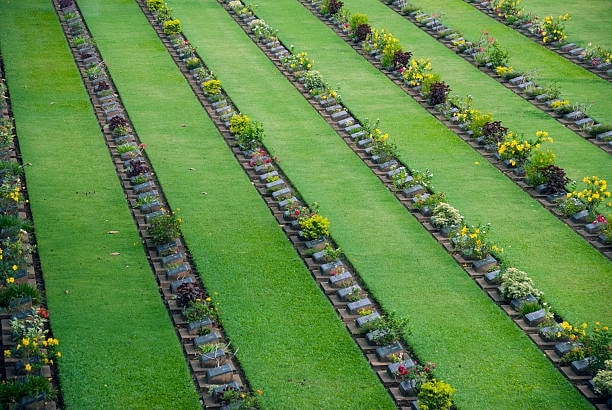
The Kanchanaburi War Cemetery stands as a poignant reminder of the human cost of war. This is to honour the memory of the brave souls who lost their lives during the construction of the Death Railway.
Located near the Bridge on the River Kwai, the cemetery is the final resting place of thousands of Allied prisoners of war who perished during their forced labour under Japanese rule.
The neatly aligned gravestones, engraved with names and poignant epitaphs, create a solemn and reflective atmosphere.
Visiting the Kanchanaburi War Cemetery offers an opportunity to pay respects to the fallen and serves as a powerful reminder of the importance of peace and understanding in today’s world.
Local tip: Consider taking a boat ride along the River Kwai to gain a different perspective on the historical significance of the area. Many tours offer combined visits to the cemetery and the Bridge on the River Kwai.
Adjacent to the cemetery, the JEATH War Museum provides additional context and displays related to the events surrounding the Death Railway. It’s worth a visit to gain a comprehensive understanding of the history.





